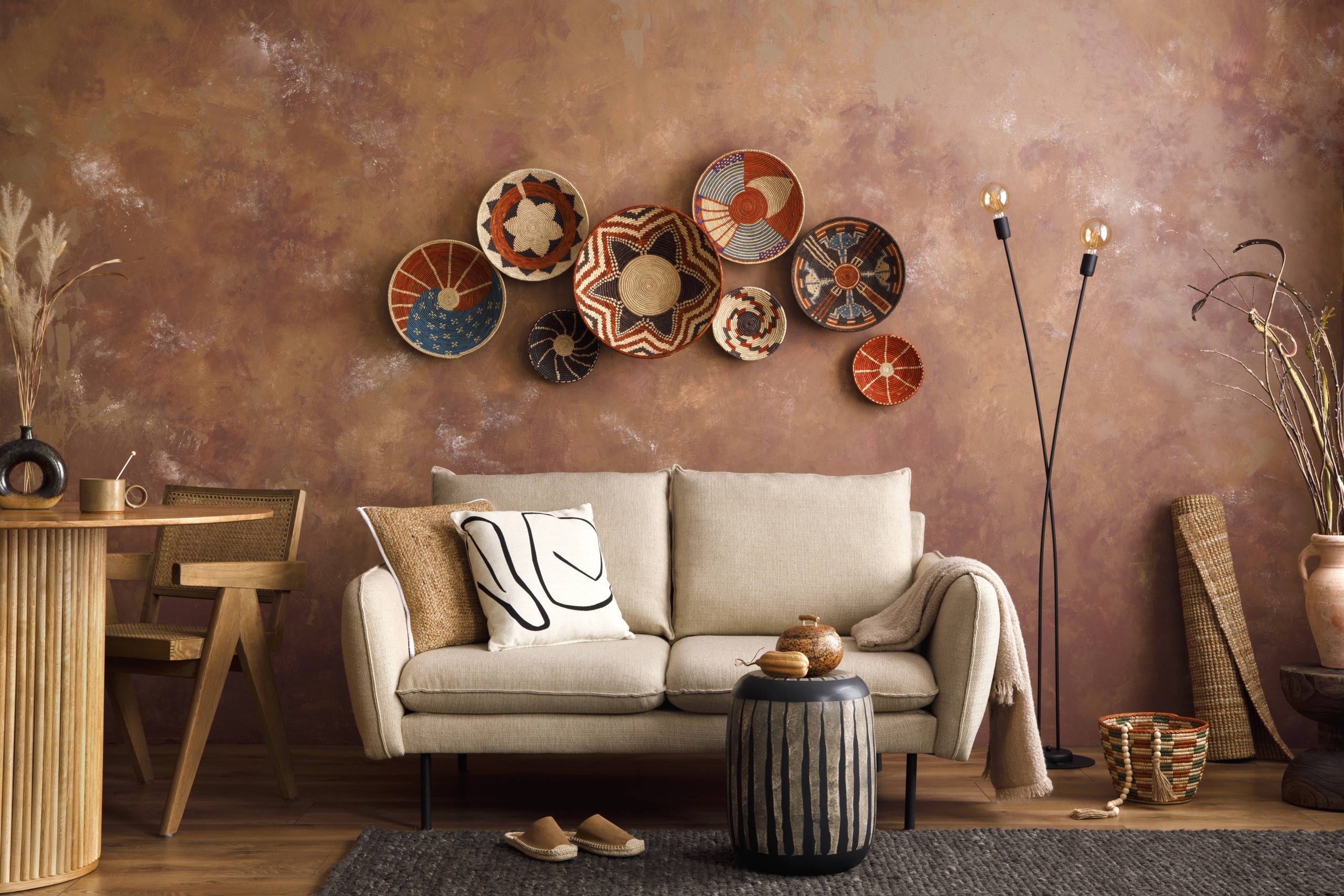
When it comes to curating the perfect ambiance in any living space, the focus often gravitates toward furniture, color palettes, and accessories. However, there is an unsung hero that significantly impacts the atmosphere of a room: window treatments. Whether they are curtains, drapes, blinds, or shades, window treatments can fundamentally transform the ambiance of a space in subtle and profound ways. In this blog post, we explore how window treatments influence room ambiance and how you can use them to enhance your interior design.
1. Light Control
One of the most significant ways window treatments impact a room’s ambiance is through light control. The amount and quality of natural light entering a room can dramatically alter its mood. Sheer curtains, for instance, allow an abundance of natural light to filter in, providing a soft and airy feel. This can be ideal for spaces where you want to create an uplifting and lively atmosphere, such as living rooms or kitchens.
On the other hand, heavier drapes or blackout shades can block out light entirely, offering privacy and creating a cozy, intimate setting. These are perfect for bedrooms or home theaters where darkness is sometimes preferred. Additionally, light-colored window treatments can reflect more light, brightening up a room, while darker treatments can create a more subdued, moody atmosphere.
2. Color and Fabric
The color and fabric of window treatments play a pivotal role in shaping the ambiance. Bold, vibrant colors can inject energy and excitement into a space, making them excellent choices for social areas where cheerful interaction is encouraged. Conversely, neutral-colored window treatments can create a calm and relaxing environment, which is often desirable in spaces meant for rest and retreat, such as offices or bedrooms.
Furthermore, the texture of the fabric can add another layer to the room’s ambiance. Silk or satin curtains can introduce an element of luxury and elegance, while linen or cotton may provide a more casual, laid-back vibe. The fabric choice should harmonize with the room’s overall theme, contributing to the desired mood.
3. Style and Design
The style and design of window treatments can significantly influence the aesthetic appeal and ambiance of a room. Classic designs with pleats and valances offer a timeless look that can complement traditional decor styles, adding a touch of sophistication. Modern, sleek roller blinds or minimalist panel tracks work well in contemporary settings, enhancing a clean and uncluttered look.
Layering window treatments is another creative approach to influencing the room’s ambiance. For example, pairing sheer curtains with heavier drapes can offer versatility, allowing changes in the ambiance throughout the day. By drawing back the drapes, you invite natural light and openness; closing them can cocoon the room in warmth and privacy.
4. Thermal and Acoustic Qualities
Beyond style, window treatments also provide practical benefits that influence a room’s ambiance. Thermal qualities of certain treatments can help regulate temperature, ensuring a comfortable environment. Insulated shades or thick curtains can help retain heat during the colder months, contributing to a warm and inviting atmosphere.
Acoustically, heavy drapes can absorb sound, reducing noise pollution and creating a serene setting, especially valuable in urban environments. This can be particularly advantageous in bedrooms or workspaces, where tranquility is essential to relaxation or productivity.
5. Influence on Perception of Space
Window treatments can also affect the perceived size and dimensions of a room. Vertical stripes or floor-length drapes can create an illusion of height, making ceilings appear taller. Similarly, extending curtain rods beyond the width of the window and using wider panels can make windows look larger, broadening the perceived space of a room.
This strategic manipulation of perception can be especially beneficial in small or cramped areas where you aim to create an open, airy feel. Thoughtful window treatment choices can dramatically transform compact spaces into inviting environments by altering how we experience them.
6. Seasonal Changes
Lastly, window treatments allow for easy updates in response to seasonal changes, further influencing room ambiance. Light, airy fabrics are perfect for spring and summer, encapsulating freshness and vibrancy. As the seasons shift, richer colors and thicker fabrics can introduce warmth and coziness, helping the room reflect the seasonal transitions outside.
By rotating your window treatments seasonally, you can keep the room’s ambiance fresh and aligned with the natural world, showcasing your design versatility and keeping the space engaging for its inhabitants.
Conclusion
Window treatments are much more than functional necessities; they are powerful tools in the art of interior design. By carefully choosing the right treatments, you can control light, color, and texture; enhance space perception, and adapt ambiance to meet your personal aesthetic desires and functional needs. Whether you’re looking to create a serene retreat, an elegant entertaining space, or a dynamic work environment, window treatments can help pave the way to your dream atmosphere. So, the next time you redesign a room, remember to pay special attention to those elements that frame your windows, for they will truly shape the soul of your space.







